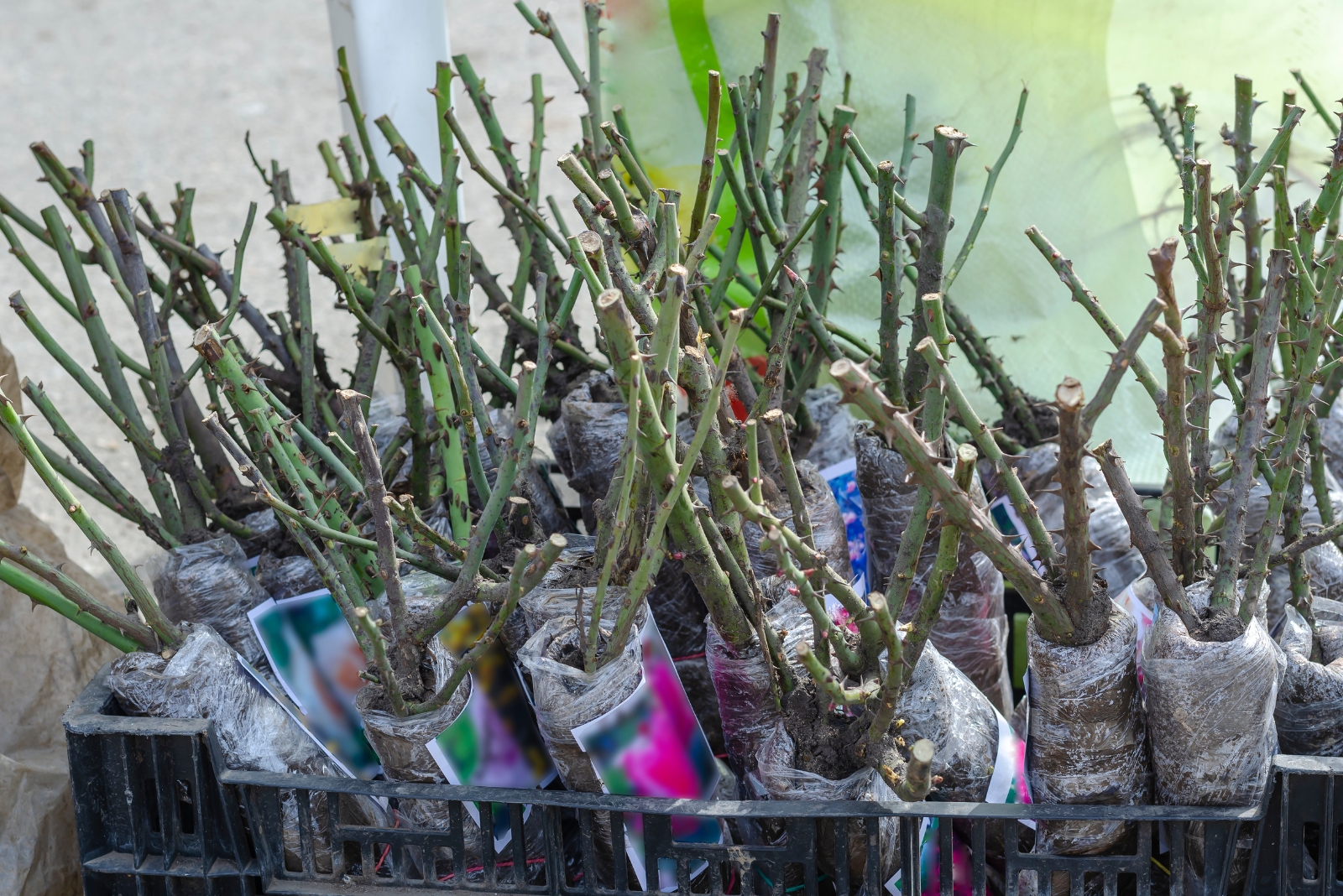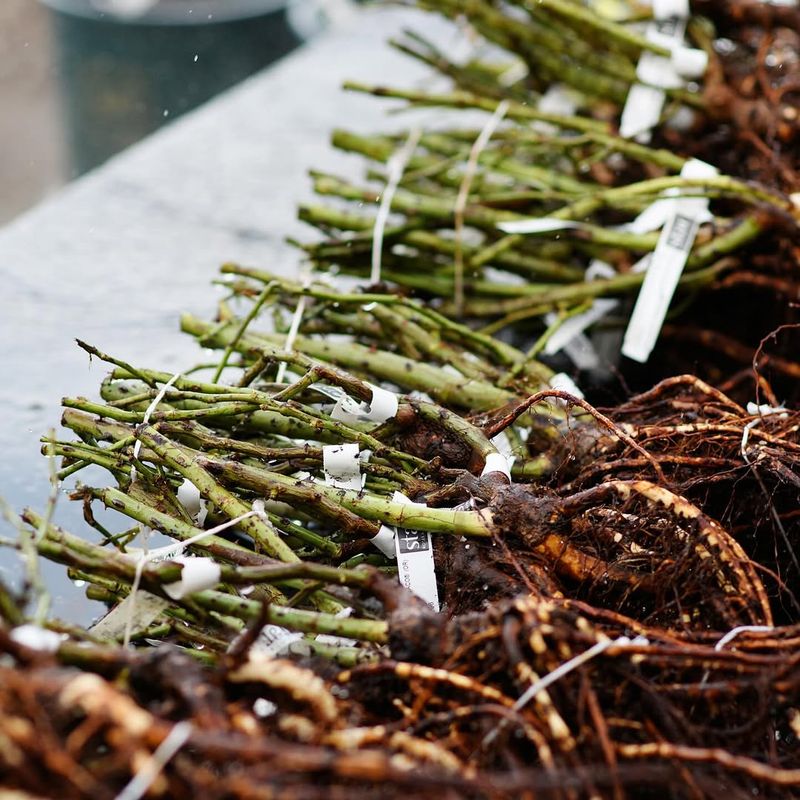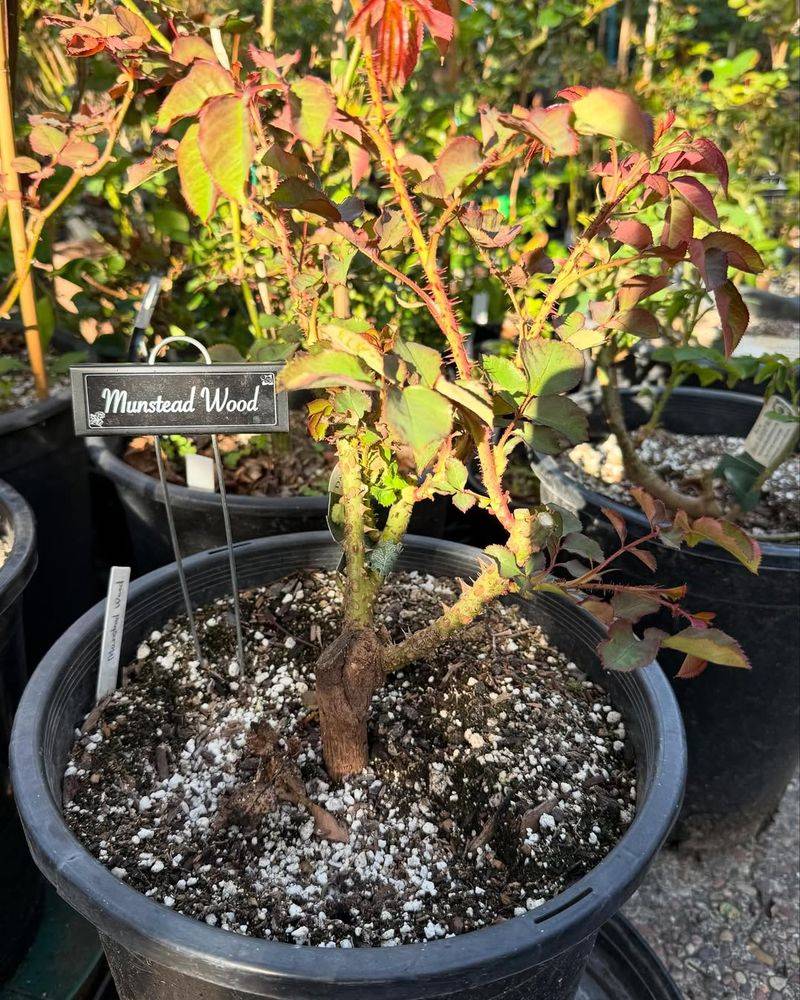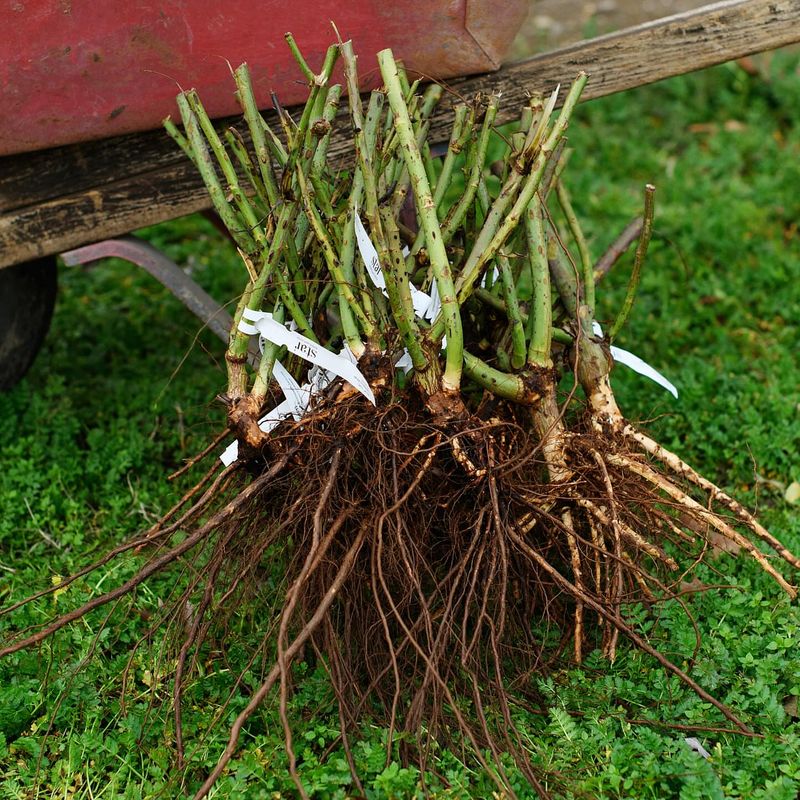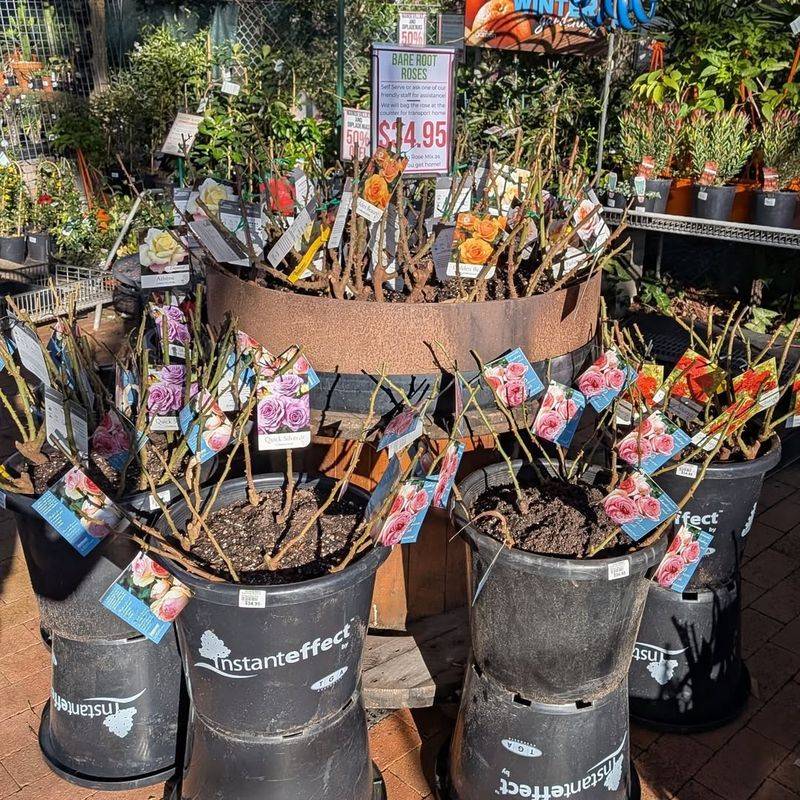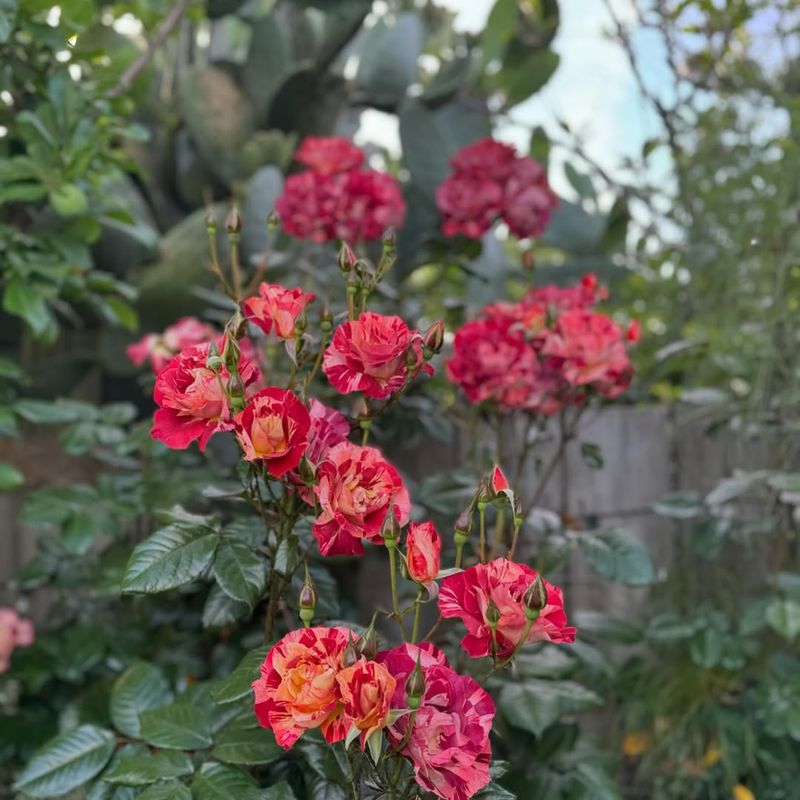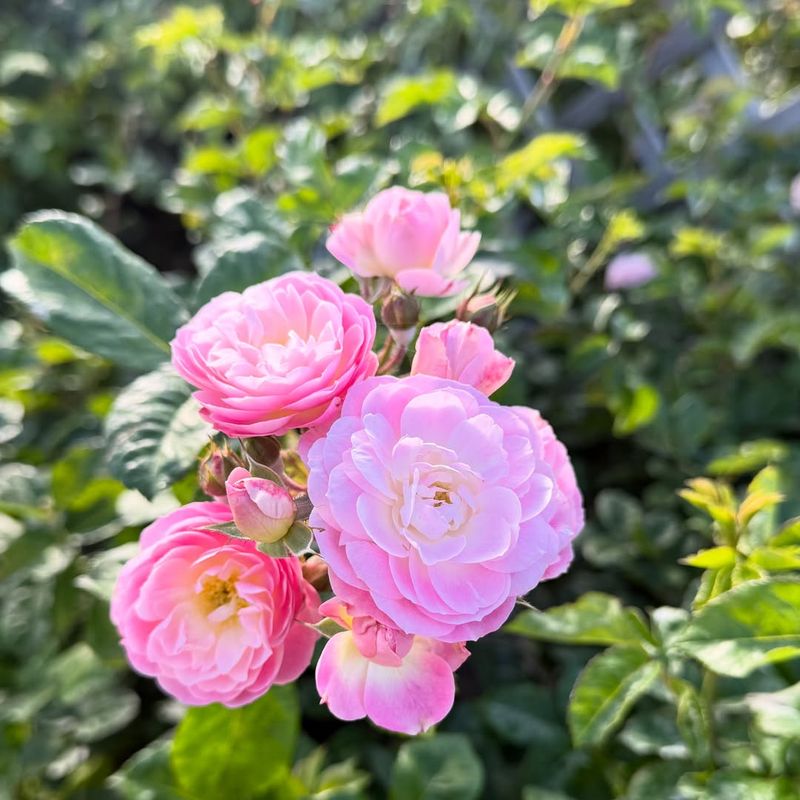October might seem like an unusual month to plant roses, but Oregon gardeners know better. Bare root roses planted during fall take advantage of cooler weather and winter rains to establish strong root systems.
By the time spring arrives, these roses are ready to burst into bloom while spring-planted roses are still settling in.
1. Cooler Temperatures Mean Less Transplant Shock
October brings mild temperatures that make life easier for newly planted roses. Hot summer days can stress bare roots, causing them to struggle or even die before getting established.
Cool autumn weather allows plants to focus energy on growing roots instead of fighting heat. Oregon’s gentle fall climate provides ideal conditions without the scorching sun that can damage tender new growth.
Your roses settle in comfortably, building strength underground for spectacular spring blooms.
2. Winter Rains Do The Watering Work
Forget dragging hoses around your garden every few days. Oregon’s reliable winter rainfall takes over watering duties naturally, keeping soil consistently moist without any effort from you.
Bare root roses need regular moisture to develop healthy root systems. Nature handles this perfectly during fall and winter months, saving time and reducing water bills.
Established roots mean stronger plants that can better handle next summer’s dry spells with less maintenance required.
3. Root Development Happens Before Spring Growth
Planting in October gives roses several months to grow extensive root networks before spring arrives. Underground development happens while the plant remains dormant above ground, conserving energy for what matters most.
Strong roots mean better nutrient absorption and water uptake when growing season begins in Oregon. Spring-planted roses must grow roots and foliage simultaneously, dividing their energy and slowing overall progress.
October planting creates a head start that shows in healthier, more vigorous plants.
4. Better Selection At Nurseries And Online
Oregon nurseries stock their best bare root rose selections during fall months when planting season begins. Popular varieties sell out quickly, but October shoppers get first pick of premium roses.
Ordering online also works better now since shipping bare roots in cool weather prevents damage. Spring often brings limited choices as inventory dwindles and temperatures climb too high for safe shipping.
Smart gardeners shop early for the widest variety and healthiest specimens available.
5. Earlier Blooms Next Spring
Patience pays off when October-planted roses bloom weeks earlier than spring-planted ones. Those extra months of root growth translate directly into faster flowering once warm weather returns in Oregon.
While your neighbors wait for their newly planted roses to settle in, yours will already be showing off colorful blooms. Established root systems support abundant flowers because plants can access more water and nutrients efficiently.
Earlier blooms mean enjoying your garden’s beauty for a longer season overall.
6. Soil Is Still Warm And Workable
October soil retains warmth from summer months, making it perfect for encouraging root growth. Cold winter soil slows development, but fall planting lets roots spread while ground temperatures remain favorable.
Digging is also easier now than in winter when soil becomes waterlogged and heavy. You can prepare planting holes properly, mixing in compost and amendments without fighting muddy conditions.
Working in pleasant autumn weather beats struggling with frozen or soggy winter ground any day.
7. Less Disease Pressure During Dormant Season
Fungal diseases and pests slow down considerably during cooler months, giving new roses a chance to establish without constant threats. Spring planting in Oregon exposes tender plants to active disease spores and hungry insects immediately.
October-planted roses develop strong defenses during their quiet establishment period. By spring, they’re tough enough to resist common rose problems more effectively than vulnerable newcomers.
Starting during dormancy creates naturally healthier plants with better long-term survival rates and vigor.

